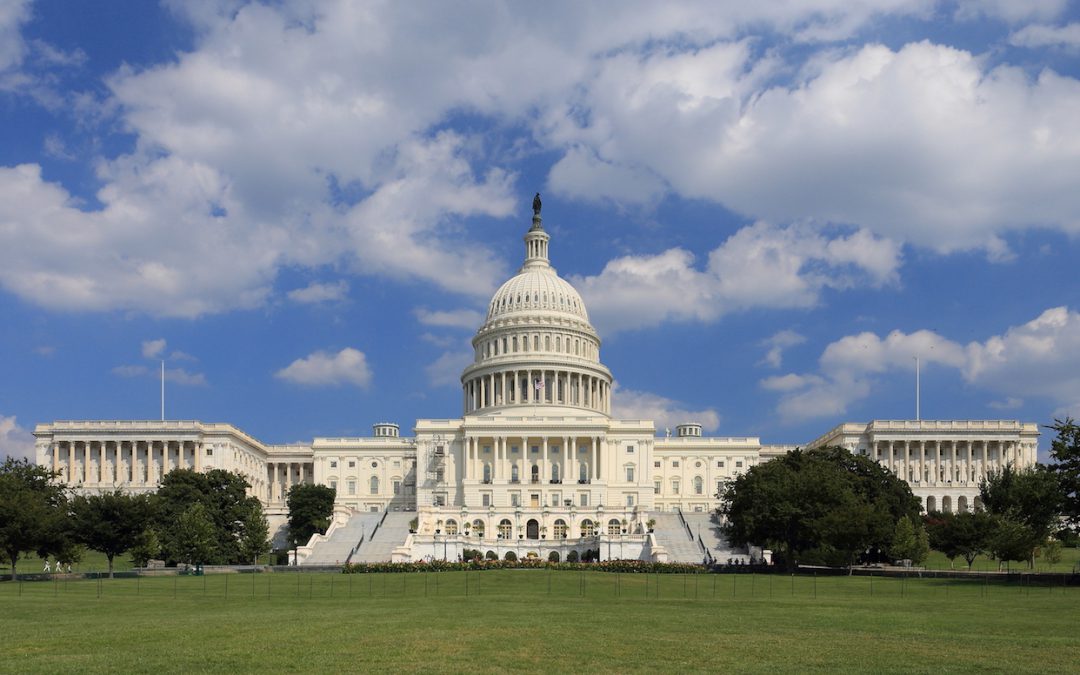WASHINGTON — President Donald Trump has missed the 100-day mark on several campaign promises, most notably his vow to repeal and replace the Affordable Care Act, but with the help of Republicans in Congress he has followed through on one promise – to reduce the number of federal regulations.
However, the law they are using to rescind some recent rules has never been used successfully before – and an unclear provision in it may mean it won’t be available in the future.
Since January, the GOP has introduced several resolutions using a process known as the Congressional Review Act, which allows Congress to undo recently issued regulations through legislation. The House and Senate have passed bills to eliminate 13 regulations put in place during the waning days of the Obama administration. The law only requires a simple majority, meaning Democrats cannot filibuster the legislation.
Prior to this year, the 21-year-old law had only been used once before – in the early days of the Bush administration. The law allows Congress to review new federal regulations issued by government agencies within 60 legislative days. If legislation disapproving of the rule passes both chambers and receives the president’s signature, the regulation cannot be implemented.
“At the beginning of 2001 and now, you have instances where you have a Democratic administration putting in rules up until the end of its terms followed by a Republican Congress and a Republican president,” said Philip Wallach, senior fellow of governance studies at the Brookings Institution.
Another provision in the CRA prohibits the regulatory agency from issuing a new rule at any time that is “substantially similar.” This was put in place to prevent the regulatory agency from reintroducing the rule, but now it is being challenged on the grounds that it may unfairly limit future presidential administrations.
The Center for Biological Diversity, a nonprofit focused on protecting endangered species, filed a lawsuit claiming the substantially similar clause violates the constitution’s separation of powers by limiting the power of the executive branch.
“Nobody knows what [substantially similar] means,” said Wallach. “Courts have signaled they don’t want to be involved in adjudicating that standard.”
The lawsuit focuses on H.R. Res. 69, a resolution initially filed by Alaska Rep. Don Young that repealed a rule that placed limits on the types of hunting methods that could be used on National Wildlife Refuges in Alaska.
“The separation of powers is built into the very foundation of our Constitution and we’ve got a situation here where Congress is expanding its own powers at the expense of the executive branch. We really do need the court to step in and to realign the balance of powers here,” said Collette Adkins, a senior attorney at the Center of Biological Diversity.
But Saikrishna Prakash, a professor at the University of Virginia School of Law, says the substantially similar clause will likely not be interpreted as a constitutional issue. Although regulatory agencies fall under the purview of the executive branch, Prakash says this power only comes because the Congress granted it when it passed statutes granting these agencies rulemaking power.
“Essentially, Congress granteth, and Congress can taketh away,” said Prakash.
A statement from the White House on April 25 listed the CRA resolutions first on the list of the president’s accomplishments, saying, “President Donald J. Trump has done more to stop the Government from interfering in the lives of Americans in his first 100 days than any other President in history.”
The CRA resolutions make up 13 of the 28 pieces of legislation that Trump has signed since his inauguration. Due to the CRA’s time limitations, Congress only has until May 10 to repeal regulations put forth during Obama’s final days in office. Once that period runs out, Trump will have to resort to more traditional methods in his fight against regulations, ones that will likely require reaching across the aisle to Democrats.


